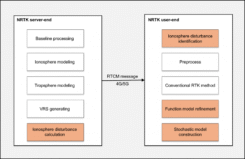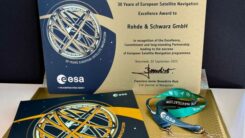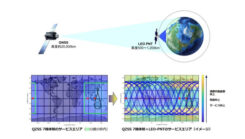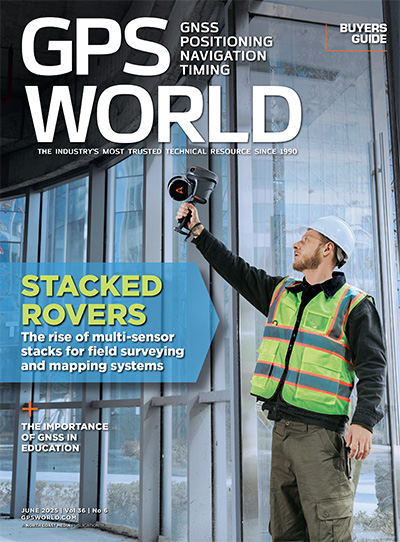12 GNSS birds for December, and a document under the tree

Just what every satnav engineer wanted for the holidays: a new Interface Control Document to unwrap under the tree. On Nov. 30, the European Commission (EC) published version 1.2 of the Galileo Open Service Signal In Space Interface Control Document (OS SIS ICD v1.2). The document provides the information for receiver and chipset manufacturers, application developers and service providers to process and make use of the open signals generated by the Galileo satellites. This most recent iteration incorporates feedback from receiver manufacturers and other stakeholders.
The Galileo OS SIS ICD v1.2 specifies:
- Galileo signal characteristics.
- Characteristics of Galileo spreading codes.
- Galileo message structure.
- Message data contents.
Key new features in version 1.2 include:
- An annex with numerical examples of FEC coding and interleaving.
- A revised and simplified license agreement.
- Cross-reference to a companion document, “Ionospheric Correction Algorithm for Galileo Single Frequency Users,” containing details on the ionospheric model used for Galileo.
In addition, a number of minor editorial improvements including corrections and clarifications have been made.
The Galileo OS SIS ICD v1.2 document can be downloaded here.
The Ionospheric Correction Algorithm for Galileo Single Frequency Users document can be downloaded here.
Twelve Birds for December
Also timely for end-of-year celebrations, Galileo satellites 11 and 12 lifted off together on Dec. 17 atop a Soyuz rocket, and successfully deployed in space four hours later. The pair effectively doubles the number of Galileo satellites in space over the last nine months.
Five satellites are now set operational to the user. Once 9 and 10 (launched in September 2015) as well as 11 and 12 are set operational, a total of nine usable satellites will be in orbit. Satellites 5 and 6 may be partially usable at some point.
“Along with the ground stations put in place around the globe, this brings Galileo’s completion within reach,” said Jan Woerner, director general of the European Space Agency.
“Production, testing and launch of the remaining satellites are now proceeding on a steady basis according to plan,” added Didier Faivre, ESA’s director of Galileo and navigation-related activities.
Starting with launches in the third quarter of 2016, four satellites at a time will rise into orbit on all except one date, which remains at two. This accelerated deployment should bring 30 satellites on line — 24 operational and six orbit spares — by 2020 for full operational capability of the European GNSS. Initial operating capability is foreseen by the end of 2016.
Service Centre and Help Desk
The European GNSS Agency (GSA), responsible for Galileo service provision as directed by the EC, is developing the European GNSS Service Centre (GSC), which provides the single interface for information and help to users of the Galileo Open Service (OS). The GSC will eventually operate on a 24/7 basis and offer a range of services, including hosting the Galileo User Helpdesk, providing the interfaces between the Galileo System and OS users and hosting a centre of expertise for OS service aspects.
Related links:
Galileo Programme Reference Documents
Video: “Message received: Ensuring that navigation devices are ready for Galileo”
European Commission Galileo
Information, images and videos referenced in this story all come courtesy of the GSA.

















Follow Us